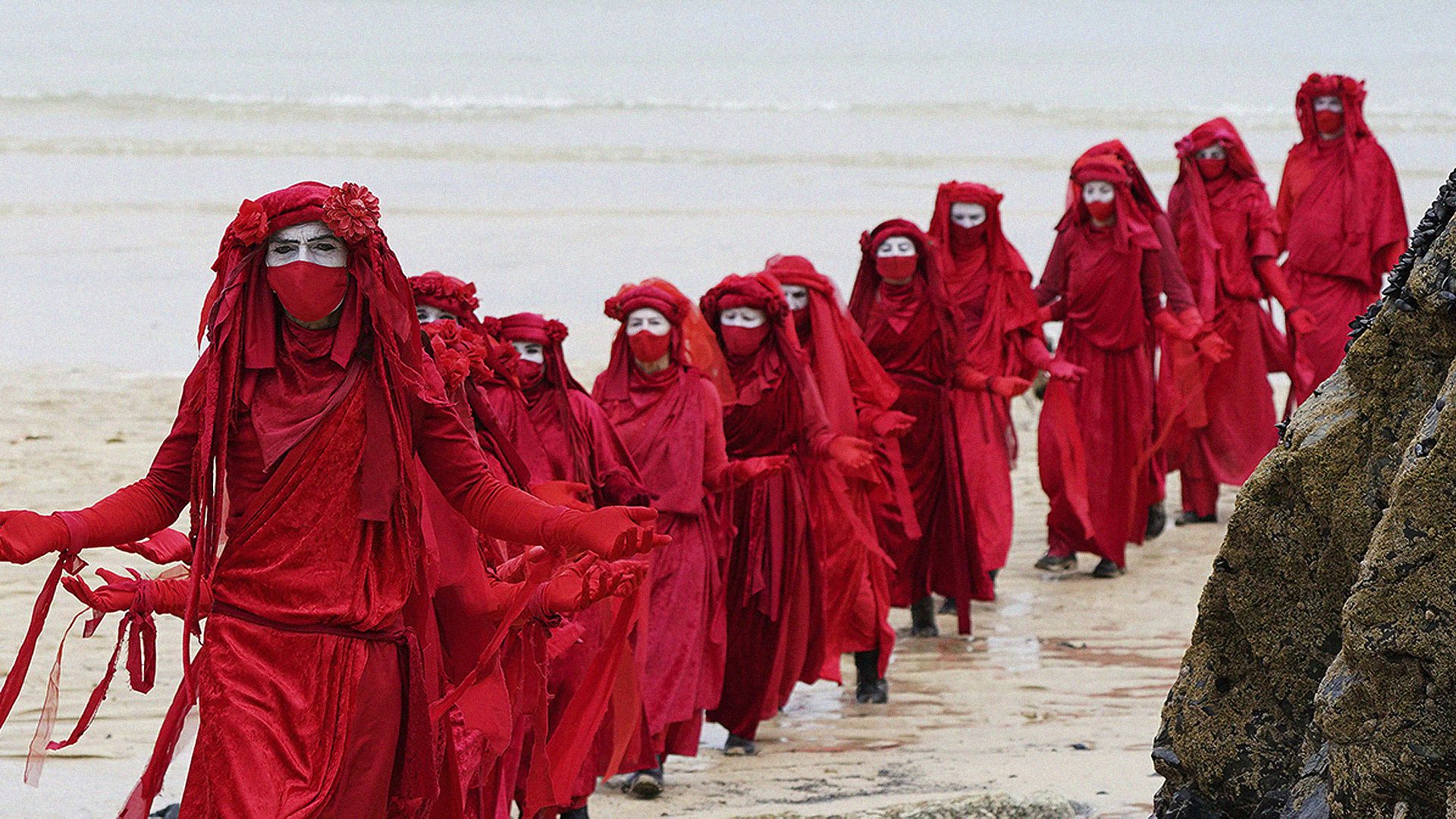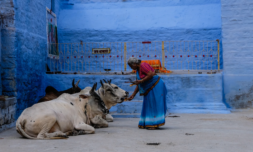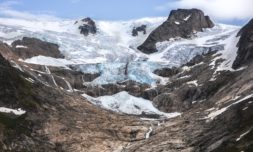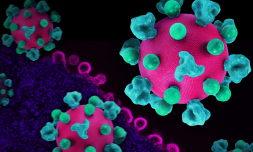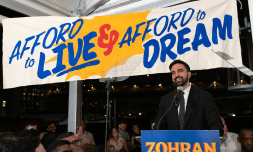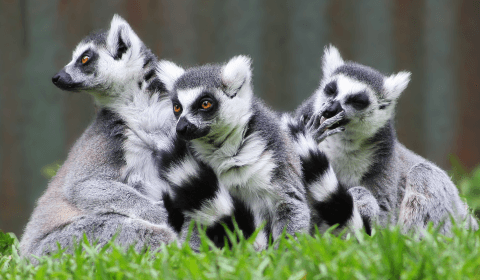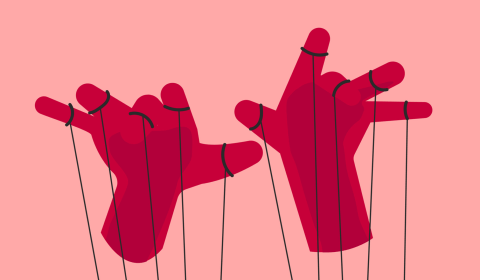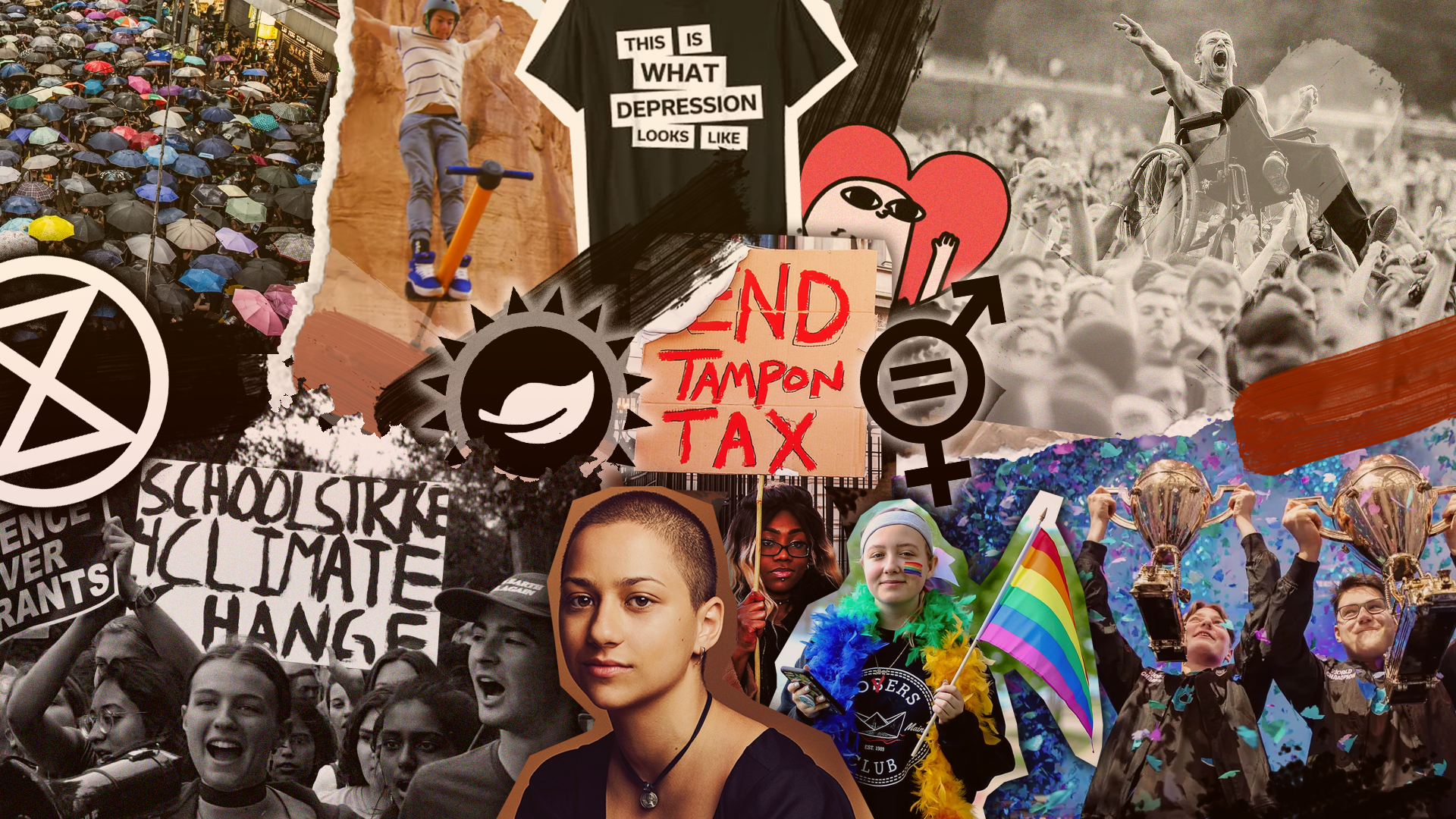As world leaders gathered to make key decisions, activists made their voices heard.
World leaders descended on a picturesque part of the English coast in Cornwall last week, but so did campaigners and activists keen to make their voices heard.
From a floating blimp to knitted pasties (the famous local delicacy) – these protestors went all out.
Leaders and representatives of the G7 countries — the US, Canada, France, Germany, Italy, Japan, and the UK — met at the summit, with the presidents of the European Commission and the European Council as well as the leaders of Australia, South Korea, and India (by video link) also joining the talks.
That made this summit a crucially important setting ahead of the UN climate conference, COP26, happening in Glasgow this November.
With all of this at stake, and more, it’s no wonder activists wanted to show up and stand-out in creative ways to make sure leaders are aware of the important decisions that need to be made.
Here are some of the most inventive way campaigners made sure their voice was heard.
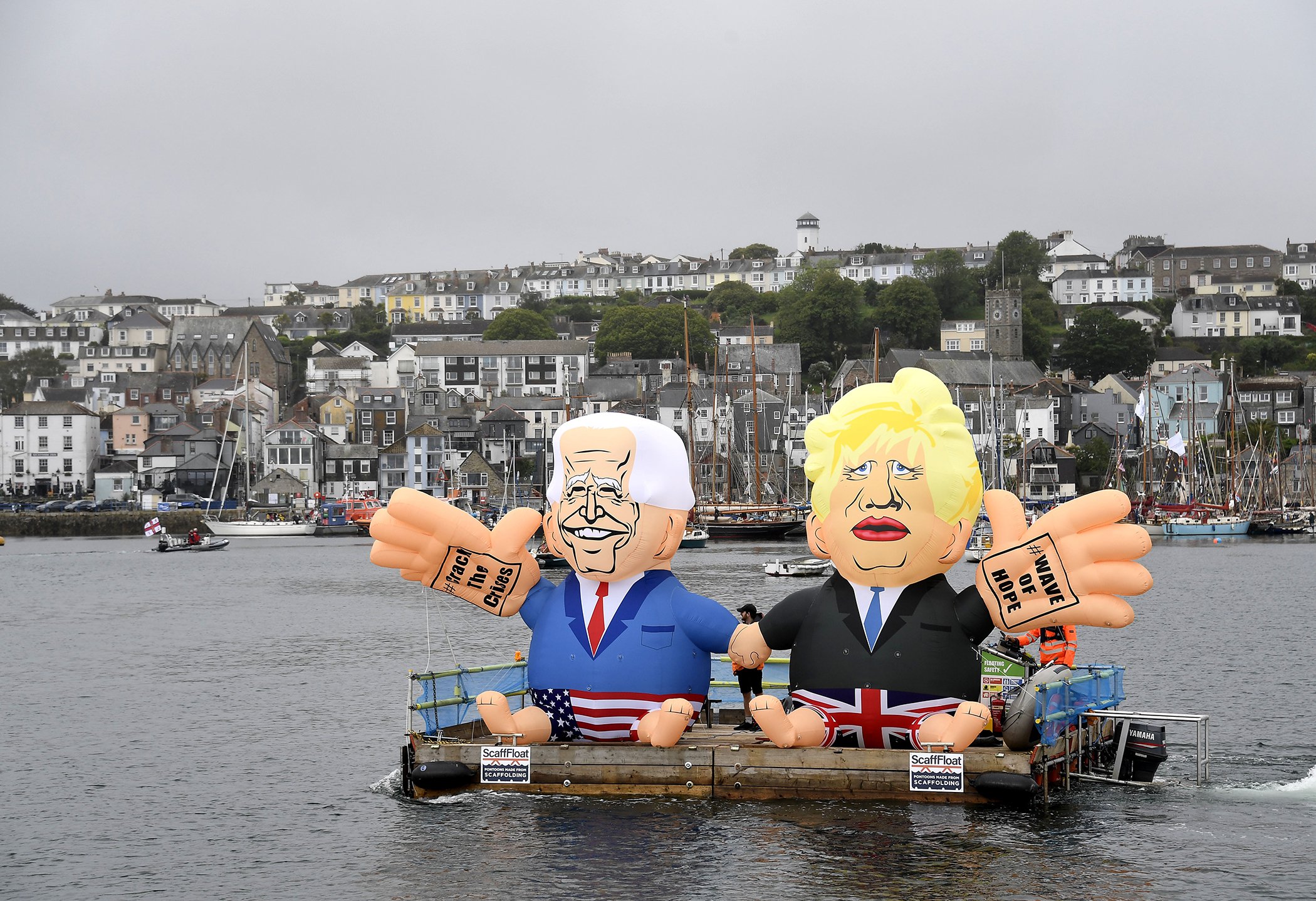
The Joe Biden and Boris Johnson blimp
That’s right, a blimp of US President Joe Biden and UK Prime Minister Boris Johnson holding hands can now be seen surfing the waves in Falmouth’s bay, the town that is hosting the world’s media for the summit. The pair are waving, with the messages #crackthecrises and #waveofhope written on their hands.
Why? Well, the blimp was launched by Crack the Crises coalition which Global Citizen has joined along with nearly 100 other charities including Save the Children, Oxfam, and the ONE Campaign.
The group pressured the G7 to focus on addressing the four major crises the world is facing right now: COVID-19; inequalities; the nature crisis, and the climate crisis. All extremely important issues that the blimp helped to highlight.

Mount Recyclemore
Sculptor Joe Rush made a truly spectacular replica of the famous Mount Rushmore monument. But instead of four distinguished US presidents, he styled the faces of the seven G7 leaders out of electronic waste in order to make a point of how little of it is recycled.
“It [electronic waste] needs to be repairable or made to last longer because the stuff is going into landfill,” Rush told the BBC. He chose a prominent area just over the bay from the Carbis Bay Hotel where the conferences at the summit took place to stage the sculpture.
“We have this looking at them and hopefully we’re going to prick their conscience and make them realise they’re all together in this waste business,” Rush said.

A swarm of illuminated drones
In one of the more extravagant displays, Greenpeace UK released 300 lit-up drones that zoomed out after dark to form the 3D shapes of animals that are endangered including a polar bear, a whale, and a cheetah.
The shapes lit up the sky above the Cornish landscape and cliffsides before assembling into a formation. The messages “Stop Extinction” and “Act Now” were beamed into the sky, accompanying the animals.
The environmental non-profit has turned the spectacle into a powerful video calling on the politicians present to protect biodiversity before it is too late.
World leaders enjoying our uncooperative Crusty, Climate Pasties. See if you can spot one today 🥟. #ActNow #G7ActNow #DrowningInPromises #StopFundingFossils @XRSouthWest @XRebellionUK pic.twitter.com/E3f1zF3RPR
— XR St Ives (@IvesXr) June 11, 2021
Extinction Rebellion’s creative extravaganza
Direct action climate campaigners Extinction Rebellion were out in force at the G7.
First, around 80 activists, some dressed in theatrical blue costumes, spent six days walking 84 miles along the coast from Plymouth to the summit near St Ives, arriving on Thursday. They were walking to highlight how vulnerable that stretch of the coastline is to rising sea levels and soil erosion.
Then in St Ives, which the biggest town near to where the summit’s Carbis Bay Hotel is based, protestors were seen dressed as birds, swooping upon the town to “sound the alarm” about the climate crisis, with supporters using “air horns, drums, rattles, and other instruments” to make their point, according to XR.
Other XR activists were seen on the nearby beach dressed as each of the G7 leaders “rearranging the deck chairs” on the sand in a bid to show that without bold action, climate promises amount to “rearranging the deckchairs on the Titanic” as it sank.









